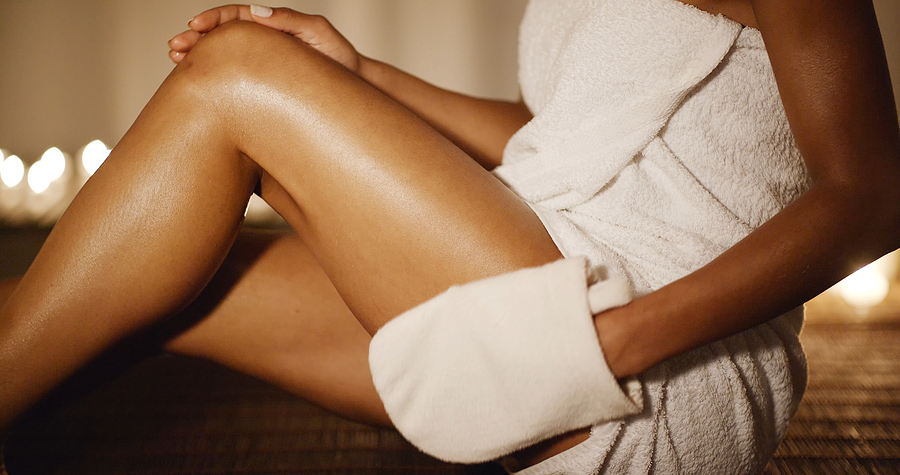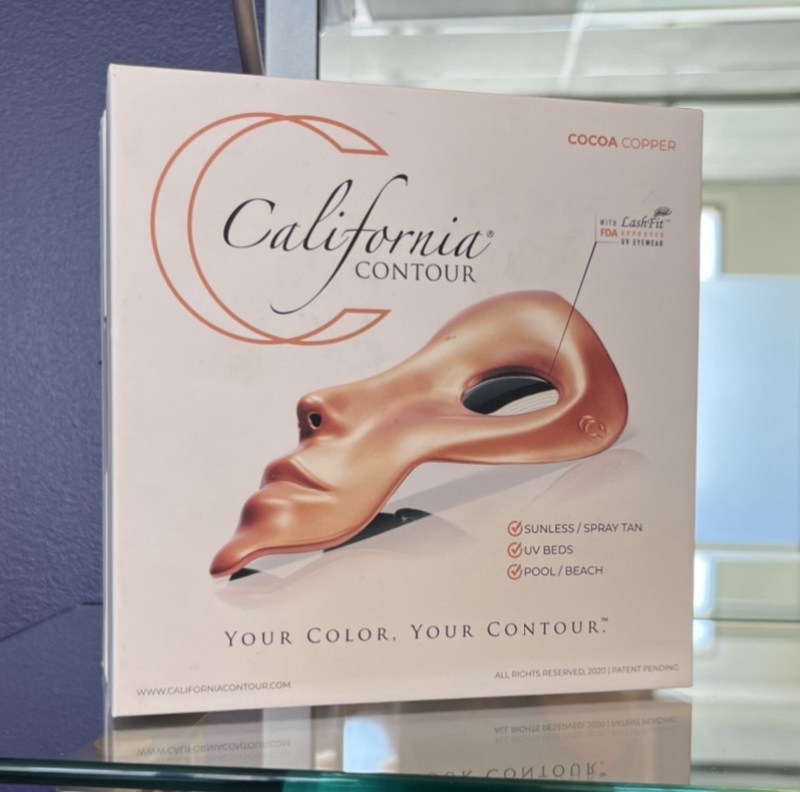Achieving that perfect sun-kissed glow doesn’t require hours under harmful UV rays. Sunless tanning products have revolutionized how we approach bronzing our skin, offering a safer, more controlled way to achieve the complexion you desire. Whether you’re naturally fair-skinned or have a deeper complexion, finding the right self-tanner can transform your confidence while protecting your skin from premature aging and damage.
The key to successful sunless tanning lies in understanding your unique skin tone and selecting products that complement your natural undertones. With countless options flooding the market—from gradual tanning lotions to instant bronzing mousses—making the right choice can feel overwhelming. This comprehensive guide will walk you through everything you need to know about choosing and applying sunless tanning products for flawless, natural-looking results.

Understanding Different Types of Sunless Tanners
Before diving into product selection, it’s essential to understand the various formats available and how each works with different skin types and application preferences.
Self-Tanning Lotions
Self-tanning lotions remain the most popular choice for beginners and experienced users alike. These creamy formulations blend easily into the skin and typically provide the most control during application. Brands like Jergens and L’Oreal offer excellent drugstore options, while premium choices like St. Tropez and Coola provide salon-quality results at home.
Tanning Mousses
Mousse formulations offer faster absorption and often deliver more intense color payoff. The lightweight texture makes them ideal for those who prefer quick application without the heaviness of traditional lotions. St. Tropez and Bali Body have gained popularity for their streak-free mousse formulations.
Tanning Sprays and Mists
Spray tanners provide even coverage and work particularly well for hard-to-reach areas like your back. However, they require more skill to apply evenly and may need additional blending. Body Drench offers excellent spray options that include skincare benefits alongside tanning ingredients.
Gradual Tanning Products
Perfect for beginners or those seeking subtle enhancement, gradual tanners like Bondi Sands build color slowly over several applications. These products minimize the risk of streaking or over-application while allowing you to control the final depth of your tan.
Key Ingredients to Look For and Avoid
Understanding sunless tanning ingredients helps you make informed choices about what goes on your skin.
Beneficial Ingredients:
- Dihydroxyacetone (DHA) is the primary active ingredient in most sunless tanners. This sugar-based compound reacts with amino acids in your skin’s outer layer to create a bronze color. Look for products with 2-5% DHA for gradual tanning or 5-10% for faster results.
- Erythrulose works slower than DHA but provides longer-lasting results with less likelihood of streaking. Many premium products combine both ingredients for optimal results.
- Moisturizing agents like hyaluronic acid, glycerin, and natural oils help maintain skin hydration and extend tan longevity.
Ingredients to Avoid:
- Alcohol-heavy formulations can dry out your skin and cause patchy fading.
- Artificial fragrances may irritate sensitive skin, though some fragrance helps mask the typical “tanning smell.”
- Parabens and sulfates aren’t necessarily harmful but may cause sensitivity in some users.
Check Out These Amazing Indoor Tanning Deals! ✨
Application Tips for Streak-Free Results
Proper application technique makes the difference between a professional-looking tan and an obvious self-tanning mishap.
Pre-Application Preparation
- Exfoliate your entire body 24 hours before applying sunless tanner, paying special attention to rough areas like knees, elbows, and ankles.
- Shave or wax at least 24 hours prior to avoid irritation.
- Apply a light, fragrance-free moisturizer to very dry areas, but allow it to absorb completely before tanning.
Application Technique
- Use a tanning mitt or gloves to protect your hands and ensure even application.
- Work in sections, applying tanner in circular motions and blending thoroughly at the edges.
- Apply sparingly to areas that naturally have less pigmentation, like your knees, ankles, elbows, and hands.
Post-Application Care
- Wait at least 6-8 hours before showering to allow the tanning ingredients to fully develop.
- Wear loose, dark clothing and avoid activities that might cause sweating.
- Sleep on dark sheets the first night to prevent transfer.
Maintaining Your Sunless Tan
Extending the life of your sunless tan requires consistent care and attention to your skin’s needs.
Daily Maintenance
- Moisturize daily with a hydrating lotion to prevent dry, patchy fading.
- Avoid exfoliating scrubs and harsh soaps that can strip color prematurely.
- Pat your skin dry after showering rather than rubbing vigorously.
Weekly Touch-Ups
Most sunless tans last 5-7 days before requiring reapplication. For seamless maintenance, apply a gradual tanning lotion every few days to extend your tan’s life and maintain even color.
Common Sunless Tanning Issues and Solutions
Even experienced self-tanners encounter occasional problems. Here’s how to address the most common issues:
Streaks and Uneven Application
- Prevention: Use proper application tools and blend thoroughly.
- Solution: Gently exfoliate streaky areas and reapply tanner carefully to even out the color.
Orange or Unnatural Color
- Prevention: Choose the right shade for your undertones and skin depth.
- Solution: Exfoliate to remove the unwanted color and start fresh with a more suitable product.
Dry Skin and Patchiness
- Prevention: Maintain proper skin hydration before, during, and after tanning.
- Solution: Moisturize heavily and consider using a gradual tanner to build color slowly.
Transfer onto Clothing
- Prevention: Allow adequate drying time and wear loose, dark clothing initially.
- Solution: Most transfer washes out with regular laundering.
Top Product Recommendations by Skin Type
- Jergens Natural Glow Daily Moisturizer
- St. Tropez Self Tan Classic Bronzing Mousse
- Bondi Sands Self Tanning Foam
- L’Oreal Sublime Bronze Self-Tanning Towelettes
- Coco & Eve Ultra Dark Tanning Mousse
- Bali Body Self Tanning Mousse
Embrace Your Perfect Glow
Sunless tanning offers a safe, effective way to achieve the bronzed complexion you’ve always wanted. By understanding your skin’s unique needs and choosing products that complement your natural undertones, you can enjoy beautiful, natural-looking color year-round. Remember that practice makes perfect—don’t be discouraged if your first attempt isn’t flawless. With the right products and techniques, you’ll soon master the art of UV-free tanning.
Your skin’s health and appearance deserve the best care possible. Choose quality products, follow proper application techniques, and maintain your results with consistent skincare practices. Get a flawless tan today by selecting the perfect sunless tanning product for your unique complexion and lifestyle needs.
Looking for a great way to get a custom glow in your area? Visit Broad Ripple Tans today and see how luxury indoor tanning and skin care enhances your complexion goals. View Our Tanning Products and packages to get the best deals in Indy!
Related Post: Natural Tanning Products: Your Path to a Healthy, Gorgeous Glow









